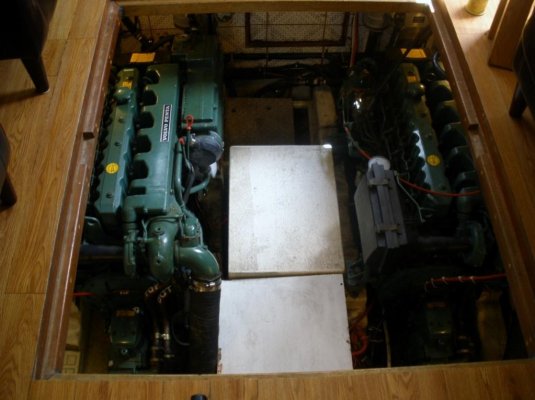Nomad Willy
Guru
FF wrote;
"<The in-line 6 is the most inherently balanced configuration for a 4cycle engine,.>
You've stated that the 6 cyl engine is the smoothest many many times.
Why do you think that?
Are you referring to the balance of reciprocating and rotating parts only?
Of what significance is that when the torsional vibrations from power strokes (and perhaps other factors) make the 8 cyl engine much smoother?
"<The in-line 6 is the most inherently balanced configuration for a 4cycle engine,.>
You've stated that the 6 cyl engine is the smoothest many many times.
Why do you think that?
Are you referring to the balance of reciprocating and rotating parts only?
Of what significance is that when the torsional vibrations from power strokes (and perhaps other factors) make the 8 cyl engine much smoother?





